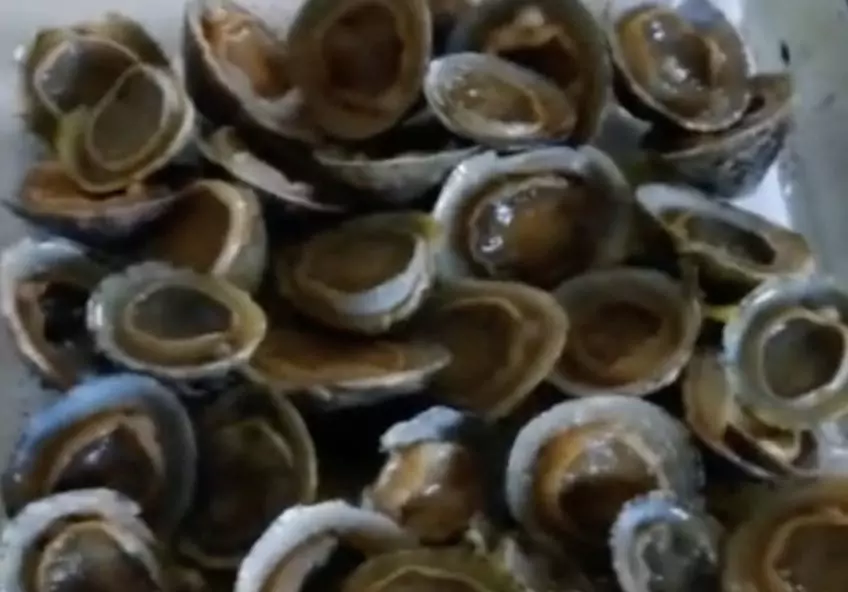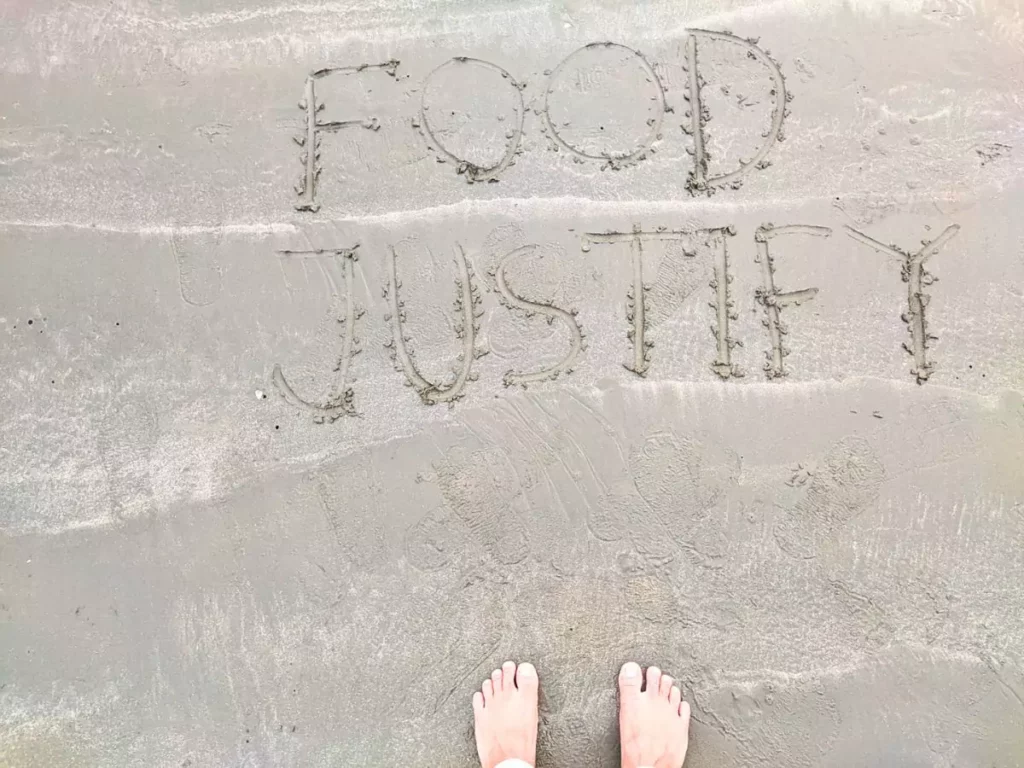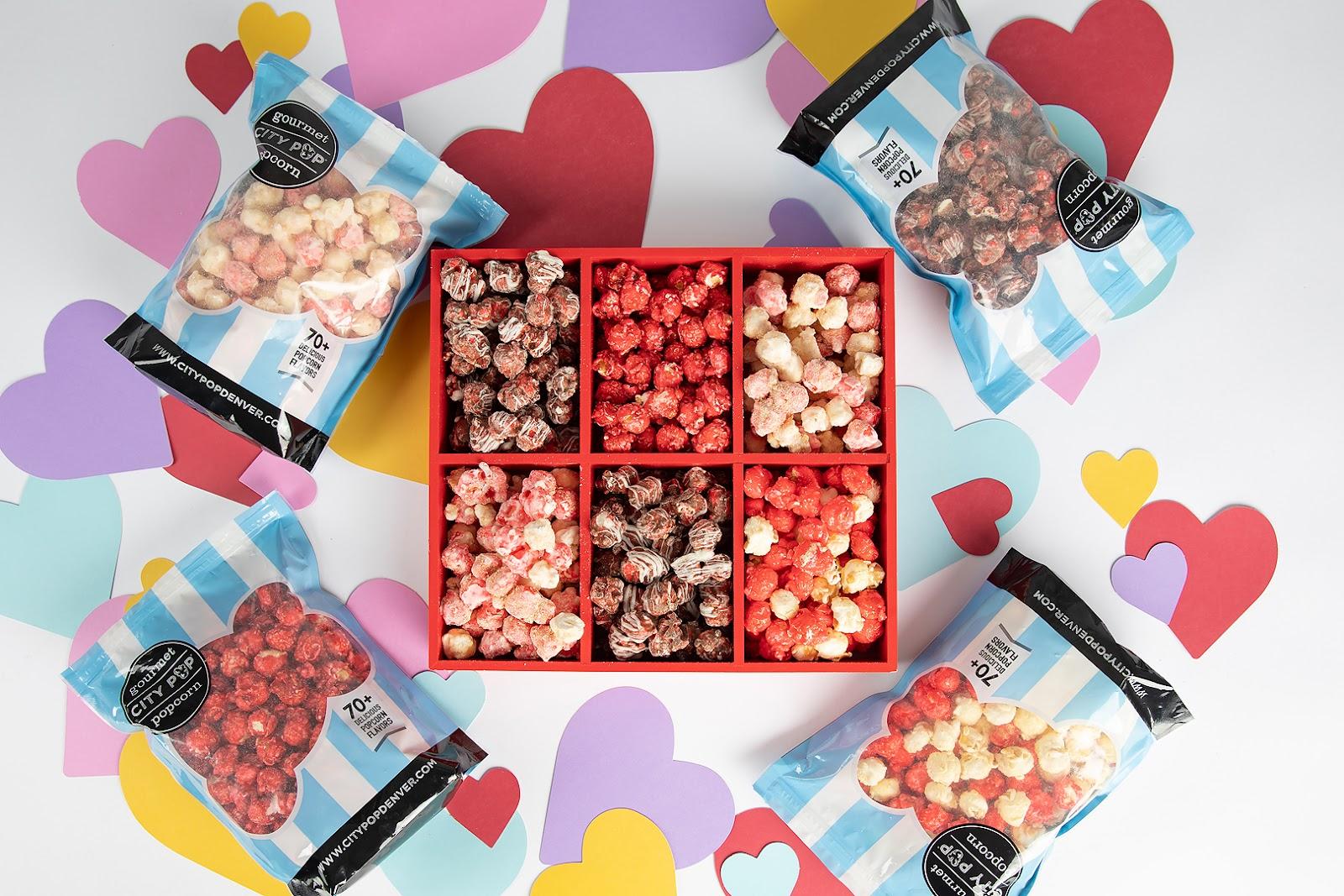Limpets are a type of marine mollusk found along rocky shorelines worldwide. These small, cone-shaped creatures are a famous seafood delicacy that locals and tourists enjoy.
However, before enjoying a plate of limpets, you must clean and prepare them properly. In this article, I will share my tips on cleaning and preparing limpets for cooking.
How to Clean Limpets
Cleaning limpets is an essential step in preparing them for cooking. Here are the steps to follow when cleaning limpets:
Step 1: Removing the Limpets from the Rocks
I use a limpet iron or a flathead screwdriver to remove limpets from the rocks. Insert the tool underneath the limpet and twist it to remove it from the rock. Be careful not to damage the limpet’s shell.
Step 2: Soaking the Limpets
Soak the limpets in a bowl of cold water for at least 30 minutes, which will help remove any sand or debris inside the limpet’s shell.
Step 3: Scrubbing the Limpets
Scrub the limpets using a small brush or toothbrush to remove any remaining debris. Be sure to scrub the inside of the shell as well.
Step 4: Rinsing the Limpets
Rinse the limpets under cold running water to remove any remaining debris and sand.

How to cook limpets?
After cleaning the limpets, they are ready to be cooked. Here is a simple recipe for grilled limpets:
Grilled Limpets Recipe
Ingredients:
- 12 cleaned limpets
- Two cloves of garlic, minced
- Two tablespoons of lemon juice
- One tablespoon of vinegar
- Two tablespoons of chopped parsley
- Salt and pepper to taste
Instructions:
- Preheat the grill to medium-high heat.
- Mix the garlic, lemon juice, vinegar, parsley, salt, and pepper in a small bowl.
- Brush the mixture onto the limpets.
- Place the limpets on the grill and cook for 3-5 minutes on each side until the limpets are lightly browned and cooked through.
Refrigeration Guide of Limpets
When it comes to limpets, proper refrigeration is essential to ensure their freshness and safety for consumption. Here are some guidelines to follow:
- Temperature: Limpets should be stored at a temperature between 32°F and 40°F (0°C and four °C), which ensures that they stay fresh and don’t spoil quickly.
- Moisture: Limpets should be stored in a container, allowing some steam to escape. Too much humidity can cause them to become slimy and spoil.
- Cleaning: Before storing limpets in the refrigerator, clean them thoroughly. Rinse them with cool water and scrub them with a brush to remove debris or sand. Do not use soap or other cleaning agents, which can affect their taste.
- Storage: Limpets should be stored in a covered container in the refrigerator. Storing them in a single layer is best to prevent them from crushing each other. If you need to keep them in multiple layers, separate them with a layer of paper towels.
- Shelf life: Limpets can be stored in the refrigerator for up to 3 days. After that, they start to lose their freshness and can become unsafe for consumption.
By following these guidelines, you can ensure your limpets stay fresh and safe for consumption. Remember always to check the expiration date and discard any limpets that have gone bad.
Source: A Portuguese Affair
FAQ
As I’ve shared my knowledge on cleaning and preparing limpets, I’ve received a few frequently asked questions. Here are some answers to those questions:
Limpets are best stored in a cool, dry place. You can keep them in a bucket or container with some seaweed or kelp to keep them moist. Do not store them in water or airtight containers as this can cause them to suffocate and die.
Limpets are safe to eat as long as they are properly cleaned and cooked. However, it’s important to note that they can contain harmful bacteria and toxins, so it’s best to only collect and consume them from clean, unpolluted waters. Always check for any red tide warnings in your area before collecting limpets.
The number of limpets you can collect varies depending on the area and local regulations. Always check with your local fisheries department for any restrictions or guidelines on how many limpets you can collect. Over-harvesting can have a negative impact on the local ecosystem, so it’s important to only collect what you need and leave enough for others and the ecosystem.





Leave a Reply
You must be logged in to post a comment.